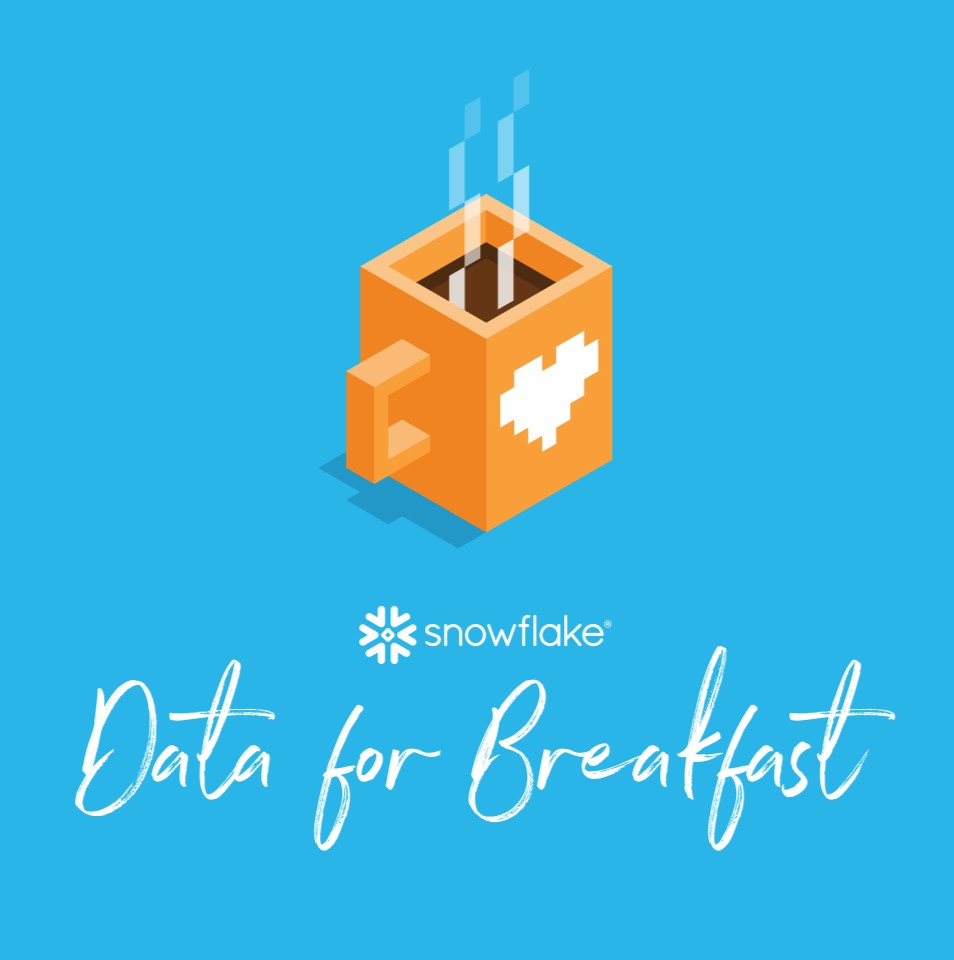
Business Intelligence brings real added value to companies by helping teams make decisions faster and identify new opportunities. But to get an accurate measurement of the value created by a BI project, you need to identify the right performance indicators. You should do this even before the project starts.
Whether your BI project is already up and running or you want to assess impact before starting, we can help you see more clearly to get the most accurate measurement of your ROI and the value created by your project.
Creating more value by understanding needs
Performance indicators are based on the user needs and functions that set the project in motion. A BI project is no exception.
A need analysis helps set targets and choose the right tools to meet them. Gartner also looks at the strategic vision (long-term direction) and the business value of the project (impact on revenue) to assess a company’s maturity in terms of Business Intelligence.
Other crucial ingredients to the success of any BI project are the teams (which should be well staffed, with the right skills), project management method, established processes and tools and technology chosen.
These BI needs may come from the company’s various business units, or from its senior executives. All of these decision-makers need the right data to make a secure, informed decision.
For example, a sales department may need data on sales by point of sale with a profitability analysis broken down by region. But this data and analysis also have value for other business units (logistics, finance, etc.). Because ultimately, they all share a single goal: the company’s performance.
Different levels of calculating ROI and indicators
An initial approach to measuring a BI solution’s ROI may focus on optimizing costs, calculating the “Total Cost of Ownership” (TCO). It factors in the costs of software, infrastructure and labor.
You’ll need a second level of analysis, with productivity indicators, to show how implementing the BI solution makes teams more efficient.
In concrete terms, it is a matter of assessing how many people are involved in creating content that helps with decision making. And how much time does it take them to prepare this content?
This data should be compared to the deployment of a new BI tool, asking one key question: how many hours could be saved?
The teams’ increase in productivity should also factor in the time needed to train them and make them comfortable with the tools.
But it is only when we look at a third level of indicator that the Business Intelligence process shows where it truly shines: creating value. Because the more a BI tool is used, by more decision-makers, the easier it will be for them to make the right decisions. They can even discover opportunities that they didn’t know existed that go on to become new sources of revenue for the company.
For example, at Henkel, the international cosmetics and household products giant, over 50,000 employees around the world have access to a smart work environment including a self-service BI platform. This means they can access powerful dashboards and interactive visual reports, and even create their own reports. A BI tool that empowers them to quickly and independently shift marketing and sales strategies to keep up with customers’ constantly changing needs.
Budget optimization for a BI project
Lastly, you can boost a BI project’s ROI by choosing a tool that is available in the cloud, for on-demand use (SaaS). We have already seen that the cost of a BI project includes expenses for infrastructure, software, and employees.
These costs, however, can be immediately reduced by choosing pay-as-you-go costs as an operating expense (OPEX), instead of fixed infrastructure costs as a capital expenditure (CAPEX).
This cost optimization strategy can boost the ROI of a BI project when it is launched. Be careful, though, to consider more than just short-term goals and results. Because the long-term advantages offered by BI can be greater.
By analyzing this data, and third-party data such as climate and demographic data, a company can identify new markets, improve customer relations and assess the impact of its social and environmental work.
In conclusion :
A Business Intelligence project is a major long-term project, which is why it is expensive.
You will have to demonstrate ROI for senior executives and the finance department to get their support and approval for the BI project.
This is an helpful strategy for the project’s overall success. After all, if everyone is using their BI tools as much as possible, it will generate maximum value for the company.
Suggested reading:
The agile method: indispensable for accelerating and securing a BI project
Business Intelligence: 5 reasons to securely switch to full cloud




